Are hybrid cars pointless? Mat Watson finds out
August 12, 2025 by Mat Watson
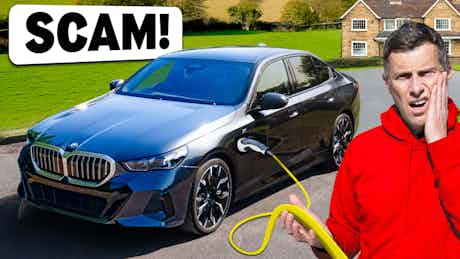
Are plug-in hybrid cars too good to be true? After all, they claim to offer the best of both worlds from both petrol and electric power, with enough EV range for your commute and the backup of a petrol engine for longer journeys.
The trouble is, they’re also more expensive to buy than petrol-powered cars. I wanted to find out the real cost of owning and running a plug-in hybrid (or PHEV) compared to a traditional petrol car and an EV, so I devised an experiment.
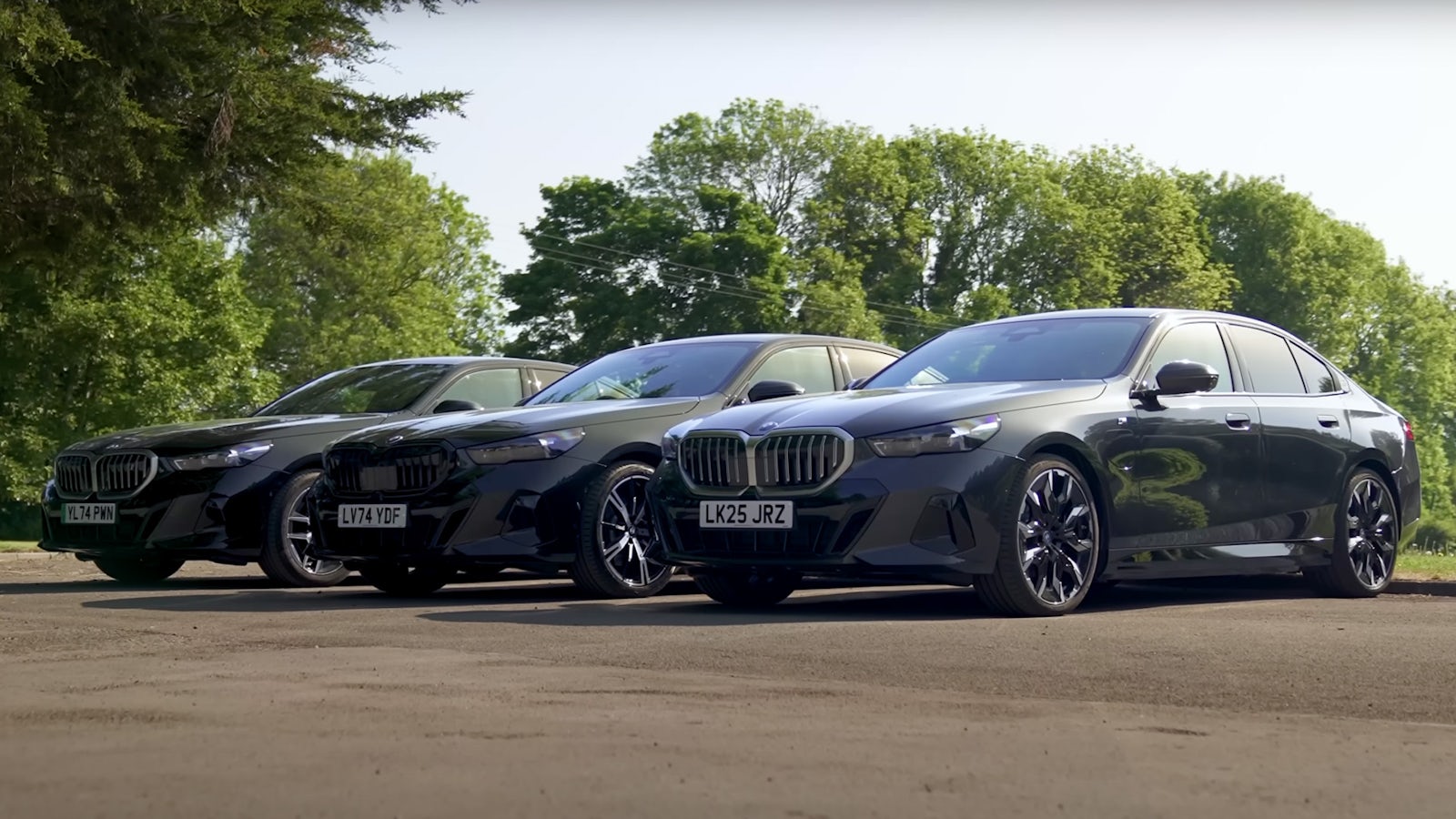
I’ve got hold of three BMW 5 Series’ – the petrol 520i, the PHEV 530e and the pure-electric i5, and I’m going to drive all of them on exactly the same route. The plug-in hybrid will start with a full battery and a full tank, and I’ll start off by driving it in electric-only mode.
Once the battery runs low enough that the engine kicks in, I’ll drive the same distance again in hybrid mode to get a fuel economy figure. I’ll then be able to calculate the total cost of the journey for all three cars to see which is cheapest.
To keep things as fair as possible, all three cars will be driven at the speed limit with their climate control set to the same temperature. Our loop also takes in a good mixture of town driving, country roads and motorways. Make sure you check out the video for the full stats on these cars.
Plug-in hybrid journey cost
Starting with the plug-in hybrid 530e, it managed to do 56.3 miles on electric power alone – which is really close to the claimed 64-mile figure.
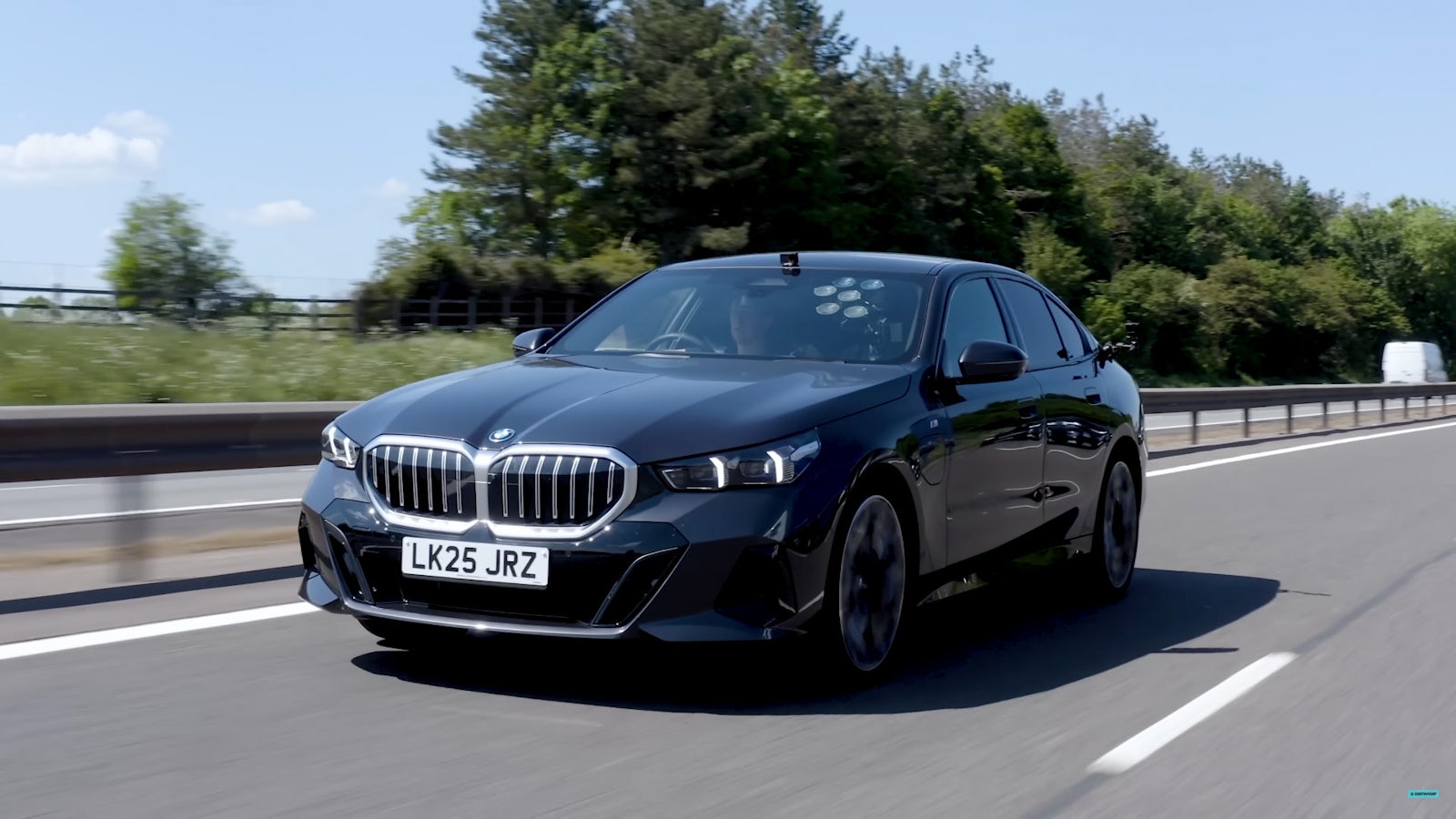
With the battery too low to run in electric-only mode, I then carried on and did another 56.3 miles in hybrid mode. The car actually did a really good job of managing the engine and electrical system, and it managed to top up its own battery on the go to give me an extra few miles of EV driving. Overall the 530e averaged 36.7 mpg with a depleted battery.
So now there’s some number crunching to do. If you charged this car at home using a cheap EV tariff, it’d cost you around 7p per kWh – meaning the first leg would cost you just £1.40 in electricity.
The second leg would cost you £9.30 in fuel, based on the average price of unleaded at £1.34 per litre.
In total, this 112.6-mile all-round trip would cost you £10.70 in the BMW 530e, which works out to just under 10p per mile. So how does that compare to the all-electric i5?
Electric car journey cost
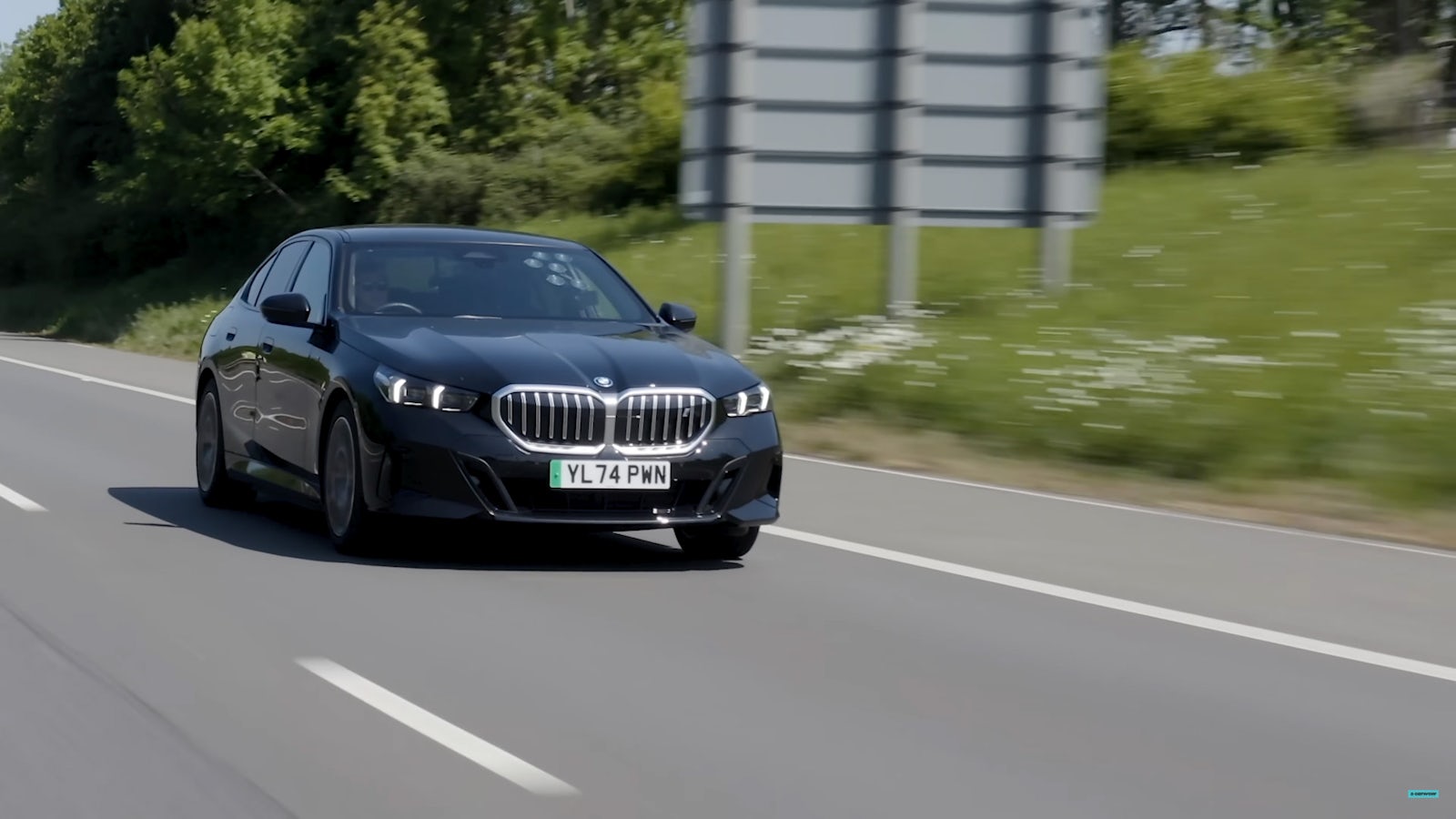
Working out the total cost for the i5 is much more simple. It followed the exact same route as the plug-in hybrid, meaning it covered 112.6 miles in total.
During that trip, the i5 managed 3.9 miles per kWh, meaning it used a total of 28.9 kWh. On a cheap home charging tariff costing 7p per kWh, this trip would cost you just over £2 in electricity, which works out at less than 2p per mile.
Petrol car journey cost
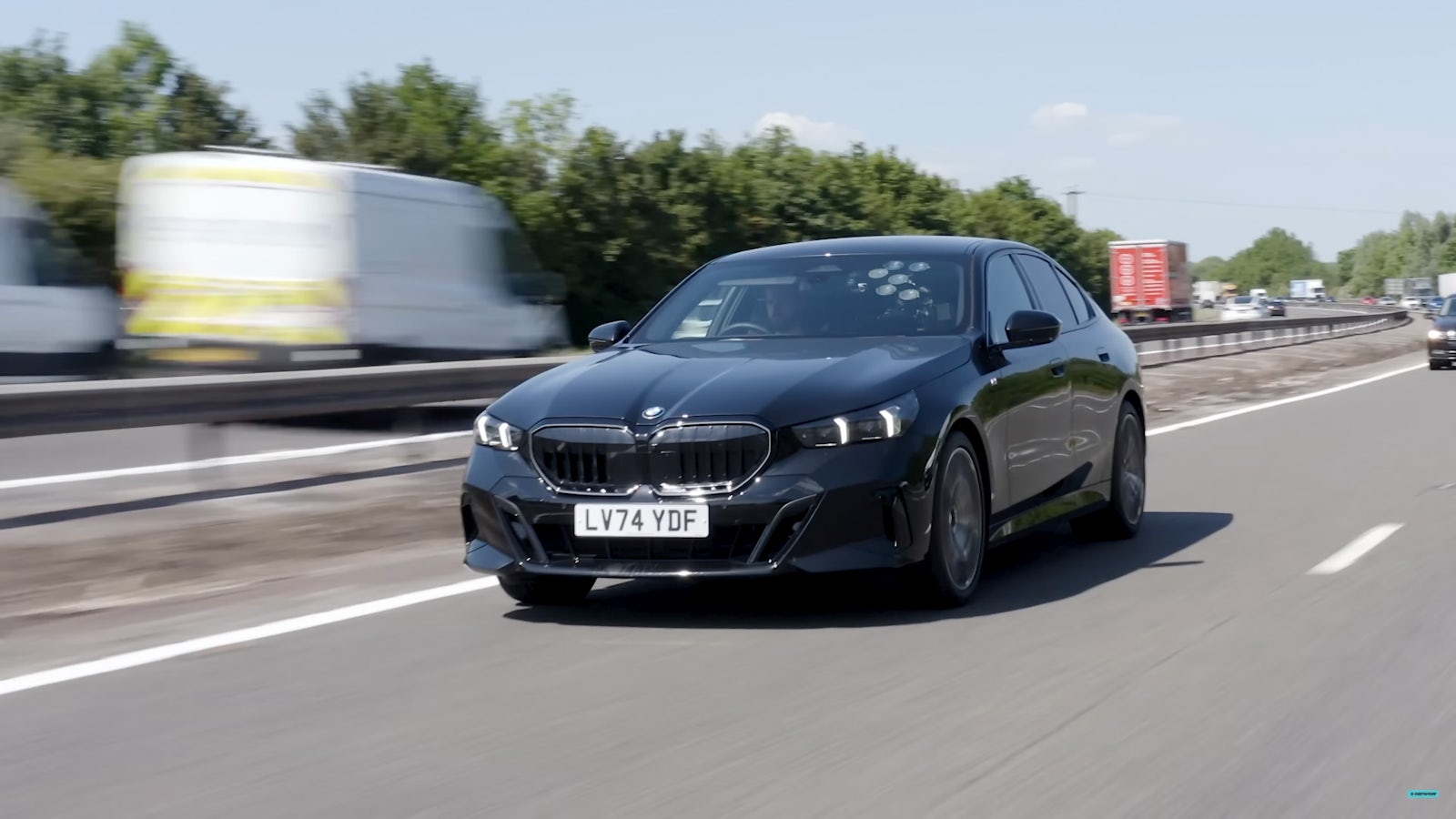
Finally, we come to the petrol-powered 520i. Over the 112.6-mile trip it averaged 46.3mpg. So at the average fuel price of £1.34 per litre, this journey cost £14.85 in petrol. That’s around 13p per mile.
PHEV vs electric vs petrol: more than meets the eye
On paper, these results are probably exactly what you expected. The electric car was the cheapest, followed by the plug-in hybrid, followed by the petrol-powered 520i. But there’s more to it than that.
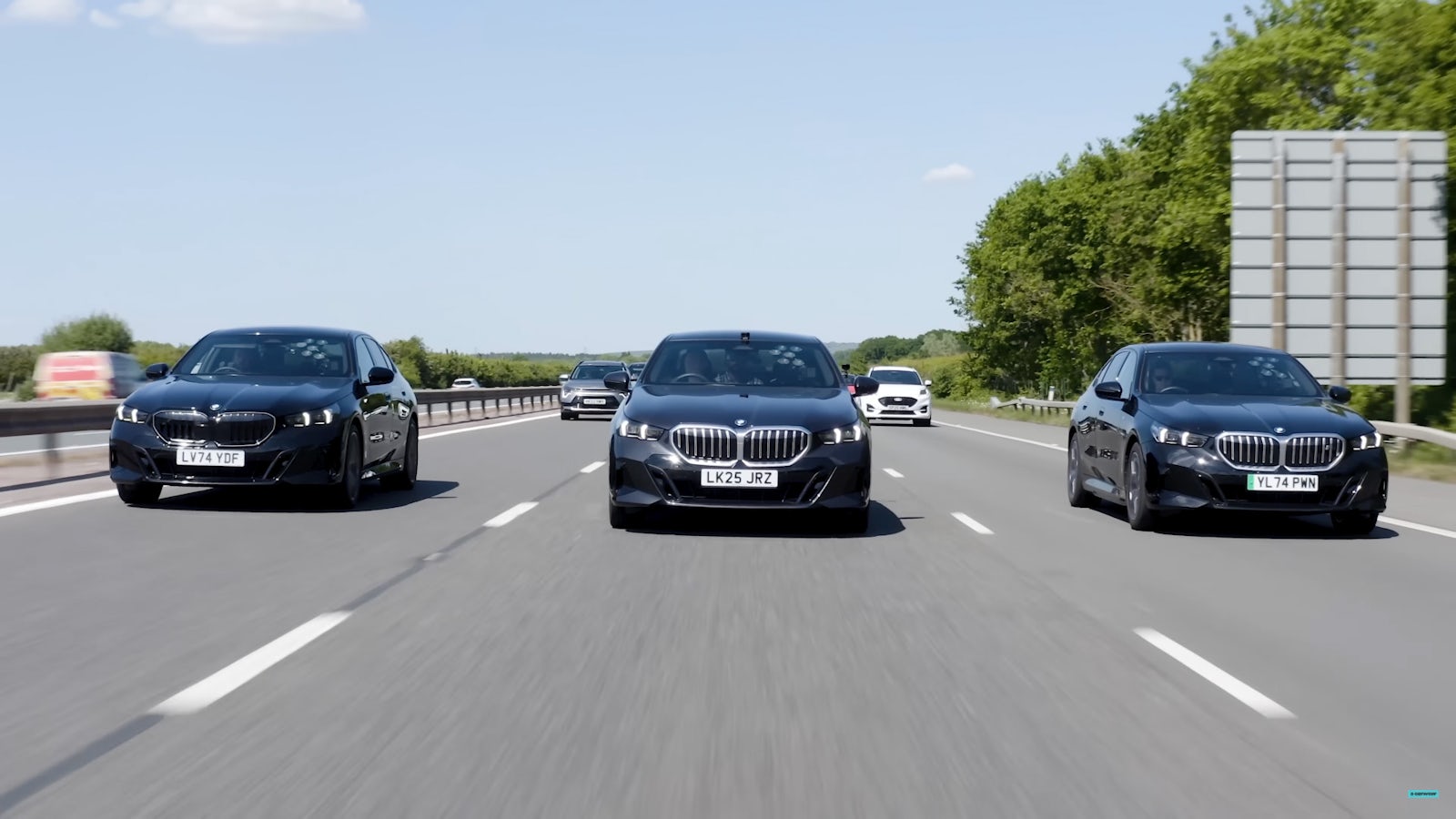
For starters, let’s say you live in a flat and don’t have charging at home. You’ll be relying on the much more expensive public charging network in this case. According to ZapMap, the average cost of using a public fast charger is 76p per kWh, and at this price my 112.6-mile journey would cost £21.80 in the electric i5, so almost £5 more than the 520i.
Even if you use slower AC chargers, they cost 52p per kWh on average. This would mean paying £15 in electricity for this test, which is almost exactly the same as the petrol-powered car. But filling up the petrol car will take five minutes, whereas charging an i5 on an 11kW AC charger will take eight and a half hours.

The plug-in hybrid is only compatible with the slower AC chargers, and using them will take the cost of this journey from £10.70 to £20.70. So you really do need to have cheap home charging for the PHEV or the EV to make sense.
But even then, you also have to take the purchase price into account. The plug-in hybrid 530e costs over £7,000 more to buy than the petrol-powered 520i, and to make that money back in fuel savings, assuming you’re on the cheap home charging rate, you’d have to drive 70,000 miles in electric-only mode to offset that additional cost.
The electric i5 is even more expensive to buy, costing almost £22,000 more than the 520i. To claw that money back, you’d have to drive the i5 almost 200,000 miles using only the cheapest home charging.
PHEV vs electric vs petrol: what about company car drivers?
That’s a very good point, because it’s a very different story for company car drivers. Benefit-in-Kind tax (BIK) is charged mostly based on your car’s emissions, and you pay an awful lot more on a petrol car than you would on a PHEV or an EV.
High-rate tax payers will have to shell out a whopping £19,850 in BIK over three years for the petrol-powered 520i. Go for the plug-in hybrid and you’ll pay £7,140, and i5 drivers will pay just £3,560.
PHEV vs electric vs petrol: which is best?
If you’re a company car driver with access to home charging, you’ll definitely be better off with the all-electric i5. It’s much cheaper to run than a petrol-powered car, and you’ll enjoy huge savings in tax. Even if you don’t have home charging, the tax breaks will make up for the additional cost of public charging.
There’s a case to be made for the plug-in hybrid as well. If you’re a company car driver with no home charging, and you cover vast distances, you’ll still save yourself a fortune in tax, even if you can’t plug the car in.
If you’re a private buyer, though,, I’d stick with the good old-fashioned petrol model. The plug-in hybrid isn’t really that much more economical, yet it costs a lot more to buy. And, while the electric i5 is way cheaper to run, the massive jump in price will take forever to offset.
















